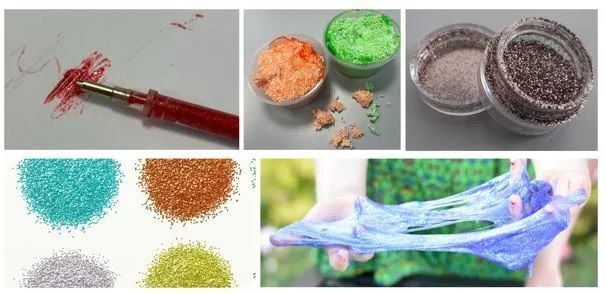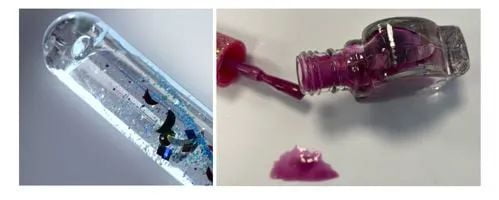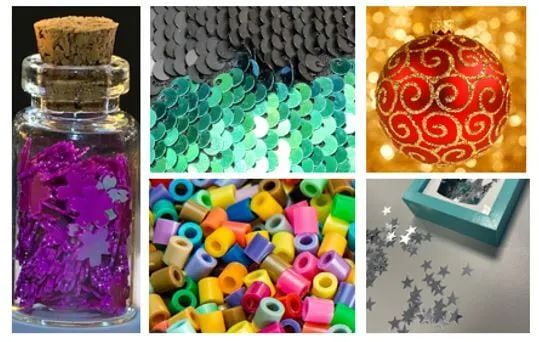REACH, which stands for Registration, Evaluation, Authorisation and Restriction of Chemicals, is a regulation that ensures the safe entry and use of chemicals in the European Union. The REACH certification regulation (EC 1907/2006) came into force on June 1, 2007, and has been officially implemented in the European Union from June 1, 2008 onwards.
REACH Appendix XVII is an important part of the REACH regulation and the most restrictive of them all; if any product does not comply with the requirements of this part, the product is prohibited from being sold in the EU. Appendix XVII also sets out the information requirements for specific chemicals, including the physical and chemical properties of the substance, as well as the potential effects on human health and the environment.
The European Commission has prepared a draft regulation based on the ECHA report and a joint opinion of the committees. The first preliminary draft was published in August 2022.
Member States voted in favor of the European Commission's current proposal in April 2023, following discussions between the REACH Commission and EU Member States. Prior to the adoption of the restrictions, they will be considered by the European Parliament and the Council. After the publication of the regulation (expected in the next few months), some of the requirements will come into force immediately after its entry into force. For other applications, there will be a transition period, which in some cases could be up to several years.
According to the current draft, microplastics with a concentration of ≥0.01% may not be placed on the market as a single substance or mixture. Microplastics are plastic particles with a size in the following ranges: 0.1 μm to 5 mm; or 0.3 μm to 15 mm, longitudinal particles/fibers (length-to-diameter ratio >3).
Scope of application
Liquid/gel mixtures containing plastic particles or plastic particles can be affected, for example:
1. Cosmetics containing microbeads (e.g. abrasives for peeling, polishing or cleaning)
2. Cosmetics containing other microplastics, with a transition period of 6 years for "leave-on" cosmetics and 4 years for "rinse-off" cosmetics
3. Glitter powders for spraying purposes
4. Crayons, gel pens, chalks with glitter
5. Finger paint with glitter
6. Glitter slime
7. Polystyrene beads or other polymer beads with a diameter of less than 5 mm.
8. Water beads less than 5 mm in diameter when dry (super absorbent polymers)

It should be noted that metal powders (e.g. aluminum) can also be used for glitter effects, which are excluded from the scope of application.
Exemptions
1. Natural polymers such as cellulose
2. Biodegradable polymers, e.g. glitter (Appendix lists the appropriate test methods. These tests can sometimes take several months)
3. Water-soluble polymers
4. if the microplastics are technically retained during use and are not released into the environment; e.g. EPS beads filled in toys, seat cushions
5. if the microplastic changes during use and is no longer a microplastic; for example, modeling clay made from plastic particles melted in an oven and the final shape is no longer a microplastic as defined in this regulation
6. if the microplastic is permanently incorporated into a solid matrix during final use
7. For example, in our judgment, this could be glue with glitter or glitter nail polish that is insoluble in water after hardening
8. Other exemptions are described in the text of the draft regulation for specific applications and situations.

Exclusions from the scope of application
According to the current understanding of the text of the draft restriction, microplastics in products such as garments with glitter or sequins, Christmas baubles coated with glitter and other products with glitter particles are not regulated. They are not substances or mixtures within the meaning of the REACH regulation (it should be noted that other points of view do exist and can be introduced through the guidelines). In our opinion, this also applies to small products (less than 5 mm) made of plastic, such as beads, confetti shaped stars, snowflakes, etc., stamped from aluminum foil.

Suggestion
Check which of your mixtures may contain microplastics. As mentioned above, there are alternative polymers (natural, water-soluble, biodegradable) and even metal powders that can give similar results.

